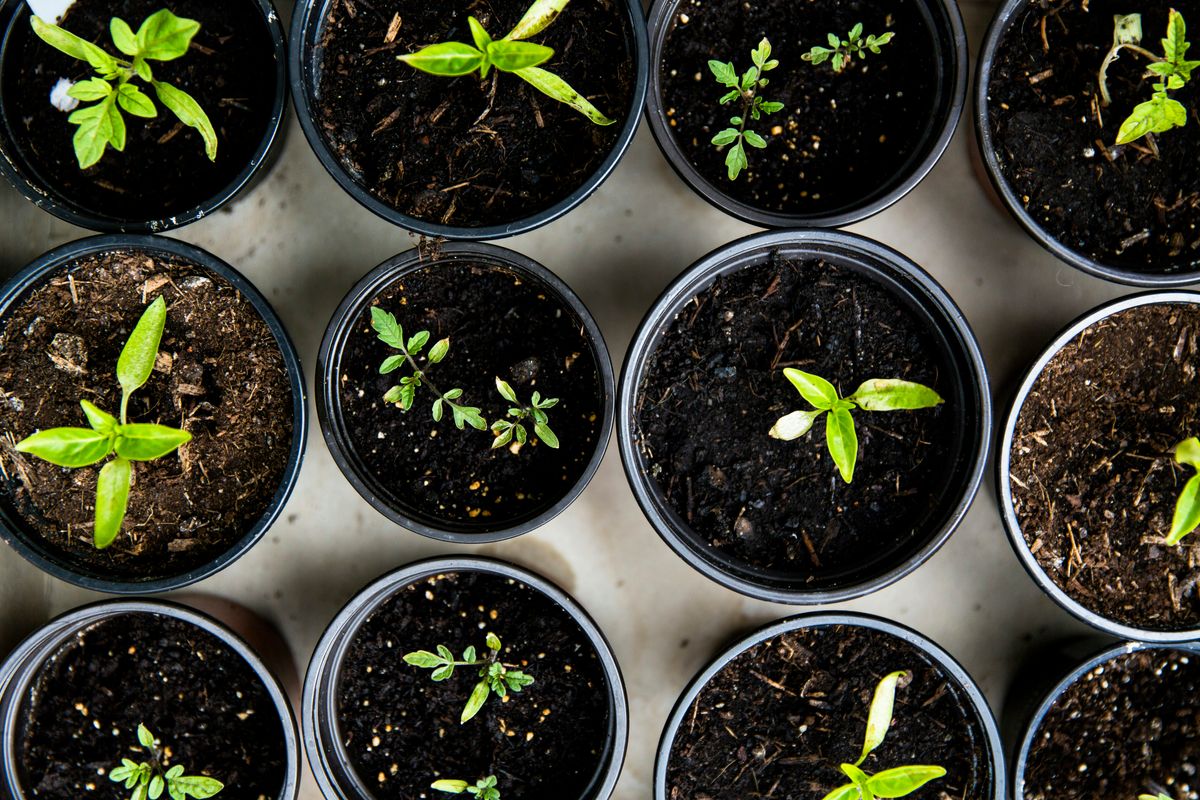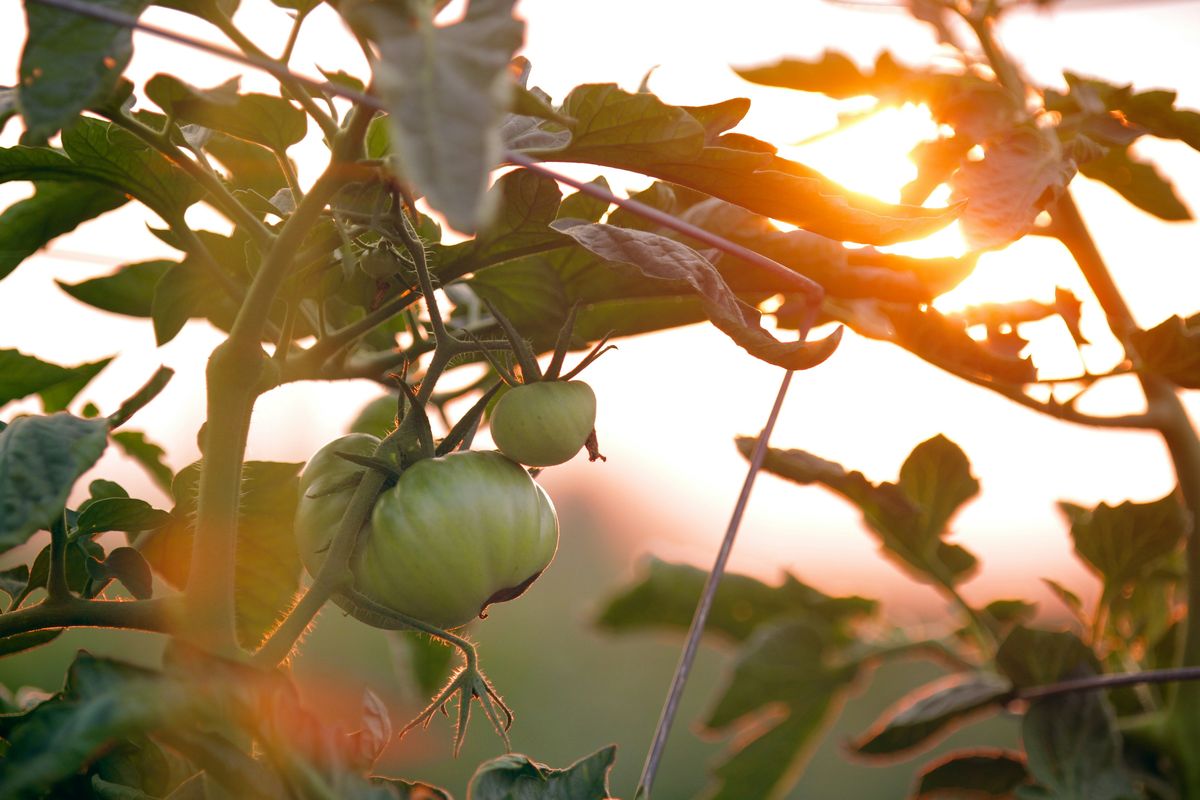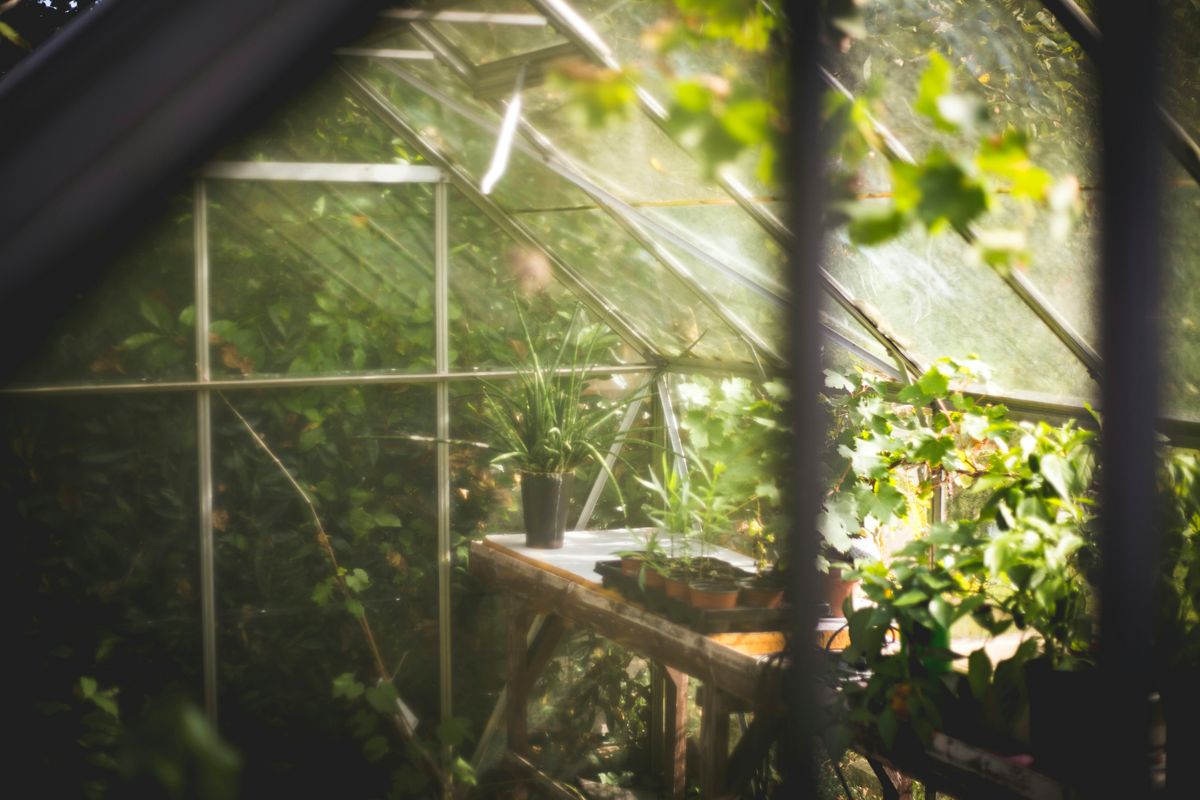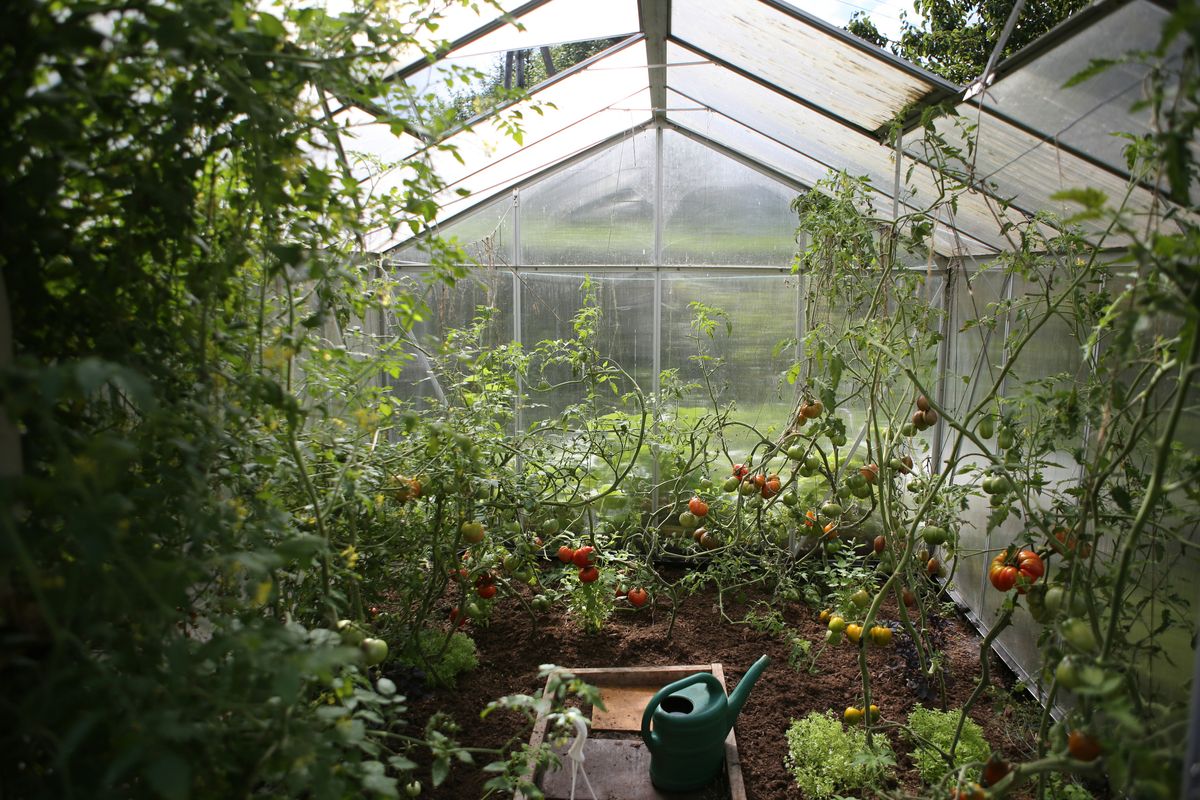Pine bark mulch is a gardener’s secret weapon for maintaining healthy and thriving plant beds. From enhancing soil health to providing decorative features, pine bark mulch offers a range of benefits for your garden. In this article, we will explore the various advantages of using pine bark mulch and provide tips on how to maximize its effectiveness in your landscape.
Key Takeaways
- Pine bark mulch improves soil structure and moisture retention.
- Applying pine bark mulch around plants helps control weeds and maintain soil temperature.
- Pairing pine bark mulch with specific plants can enhance their growth and health.
- Proper watering techniques are essential when using pine bark mulch to avoid waterlogging or drying out.
- Regular maintenance and weed control with pine bark mulch can lead to long-term benefits for your garden.
Why Pine Bark Mulch Rocks for Your Garden

Benefits of Using Pine Bark Mulch
Let’s dig into why pine bark mulch is a gardener’s best friend! First off, it’s a champ at moisture retention, keeping your plants hydrated and happy. Plus, it’s like a cozy blanket for your soil, regulating temperature and giving those tender roots a break from the harsh sun or chilly nights.
- Moisture retention: Helps soil hold water, reducing the need for frequent watering
- Temperature regulation: Insulates soil from extreme temperatures
- Weed suppression: Acts as a barrier against weed growth
- Aesthetic appeal: Adds a neat, natural look to garden beds
And here’s the kicker: unlike some mulches that demand constant touch-ups, pine bark mulch is in it for the long haul, offering lasting benefits with minimal fuss. It’s not just about looks; this mulch is a functional powerhouse, improving water management and soil health. So, before you dive into your next landscaping project, weigh the pros and cons, but remember that pine bark mulch might just be the low-maintenance, high-reward option you’re looking for.
How to Apply Pine Bark Mulch
Applying pine bark mulch is a breeze, and doing it right can make a world of difference for your plants. Start by clearing the area where you want to lay the mulch, removing weeds and debris to create a blank canvas. Then, spread the mulch evenly across the soil, aiming for a layer that’s about 2 to 3 inches thick. This is the sweet spot for retaining moisture and keeping those pesky weeds at bay.
Here’s a quick rundown of the steps:
- Clear the area of weeds and debris
- Spread the mulch evenly, maintaining a consistent thickness
- Keep the mulch a few inches away from plant stems and tree trunks
Remember, while you’re spreading that mulch, to leave a little breathing room around the base of your plants. Family Handyman suggests a clear 6-inch area around woody stems to prevent rot and other issues. And when it comes to depth, a good rule of thumb is about 4 inches to slow weed growth and ensure your soil stays nice and moist. Just like a homemade remedy for your garden, pine bark mulch can work wonders when applied with a little TLC.
Best Plants to Pair with Pine Bark Mulch
Pine bark mulch isn’t just a pretty face; it’s a powerhouse for your plant beds. Choosing the right plants to pair with this mulch can make all the difference in the health and beauty of your garden. Here’s a quick rundown of some garden favorites that love the acidic boost pine bark mulch provides:
- Azaleas and rhododendrons: These acid-loving shrubs will be in heaven with a pine bark mulch blanket.
- Camellias: With their love for acidic soils, camellias and pine bark are a match made in garden heaven.
- Blueberries: Want some juicy berries? Blueberries thrive in the acidic conditions that pine bark mulch fosters.
But let’s not forget about the Clusia shrubs. These beauties are not just about good looks; they’re practical, too. They’re ideal for privacy screening due to their dense foliage, fast growth, low maintenance, and aesthetic appeal. Plus, they love the kind of soil environment that pine bark mulch creates. So, if you’re looking for a natural privacy screen that can soar up to 15 feet tall, Clusia is your go-to plant.
Tips for Getting the Most Out of Pine Bark Mulch

Watering Techniques with Pine Bark Mulch
Getting the watering right with pine bark mulch can be a game-changer for your plants. This is a loose material that allows water to pass through well, so there’s no need to shove it aside every time you bring out the hose. Just aim for the base of your plants and let the mulch do its magic.
When it comes to watering, patience is key. It’s not about a quick sprinkle; it’s about giving your plants a good, deep soak. Using a soaker hose, like the Snip-n-Drip system, can make this process a breeze. It delivers water directly to the roots, where it’s needed most, and does so slowly to ensure thorough saturation without any runoff.
Here’s a quick checklist to keep in mind when watering with pine bark mulch:
- Check soil moisture before watering to avoid overwatering.
- Aim for early morning or late evening to minimize evaporation.
- Adjust your watering schedule based on the season and weather conditions.
- Consider a drip irrigation system for consistent, efficient watering.
Avoiding Common Mistakes with Pine Bark Mulch
Getting the most out of pine bark mulch means steering clear of a few common blunders. Don’t let your garden suffer from simple oversights! First off, avoid piling it on too thick. A layer more than 3 inches can suffocate plant roots, preventing water and air from penetrating the soil.
Here’s a quick checklist to keep you on track:
- Ensure even distribution, avoiding ‘mulch volcanoes’ around tree bases.
- Keep mulch a few inches away from plant stems and tree trunks to prevent rot.
- Refresh mulch layers annually, but don’t just pile on new layers—remove the old mulch if it hasn’t decomposed.
Remember, mulch is your ally, but only if used wisely. It’s not just about choosing the right type of mulch, but also about how you apply it. By following these simple guidelines, you can maintain a healthy, vibrant garden that thrives year-round.
Enhancing Soil Health with Pine Bark Mulch
Think of pine bark mulch as a superhero for your soil. Not only does it make your garden beds look neat, but it also works wonders beneath the surface. This organic champ slowly breaks down, adding valuable nutrients back into the soil. It’s like a slow-release fertilizer that keeps on giving.
Here’s the scoop on boosting your soil health with pine bark mulch:
- Improves soil structure: Over time, pine bark mulch can help create a looser, more aerated soil bed, which is fantastic for root growth.
- Regulates soil temperature: It keeps the soil cooler in the summer and warmer in the winter, protecting plants from extreme temperature swings.
- Retains moisture: Mulch reduces water evaporation, so your plants stay hydrated longer.
- Encourages beneficial organisms: As the mulch decomposes, it attracts earthworms and other helpful critters that further enhance soil quality.
Remember, a healthy garden starts from the ground up. By using pine bark mulch, you’re not just dressing up your garden beds; you’re investing in the long-term vitality of your soil. And hey, if it’s good enough for the landscape pros at UF/IFAS, it’s good enough for us!
Creative Ways to Use Pine Bark Mulch in Your Landscape

Decorative Features with Pine Bark Mulch
Let’s talk about jazzing up your garden with a touch of nature’s own decor! Pine bark mulch isn’t just for plant health; it’s a stylish player in the garden design game. Whether you’re aiming for a rustic vibe or a polished look, pine bark can deliver.
Here’s why it’s a hit:
- Aesthetically pleasing: It adds a rich, earthy texture that complements greenery and blooms.
- Versatile: Works wonders in potted plant decor, terrariums, and even as a soil supplement.
- Functional beauty: Beyond looks, it offers drainage support, water retention, and even blocks those pesky weeds.
So, whether you’re mulching around your favorite bonsai or laying out a path that meanders through your flower beds, pine bark mulch is your go-to for that perfect blend of form and function. And hey, it’s 100% natural—your garden (and the planet) will thank you!
Mulching Around Trees and Shrubs
Mulching around your trees and shrubs can be a game-changer for their health and growth. Start by gently placing a small pile of pine bark mulch at the base of the plant, and then work your way outwards. It’s crucial to keep the mulch about 3 inches away from the trunk to prevent moisture buildup that can lead to rot or disease.
Here’s a quick checklist to ensure you’re doing it right:
- Leave a mulch-free space around the trunk
- Spread the mulch evenly, up to 2-4 inches thick
- Extend the mulch to the tree’s drip line, if possible
Remember, the goal is to create a protective layer that mimics a natural environment. By following these simple steps, you’ll provide your trees and shrubs with a cozy blanket that conserves water, suppresses weeds, and adds a polished look to your landscape.
Incorporating Pine Bark Mulch in Pathways
Pine bark mulch isn’t just for your plant beds; it can play a starring role in your garden pathways too. Adding a layer of pine bark mulch to your paths not only suppresses weeds but also creates a stable and visually appealing walkway. It’s a simple way to bring a touch of that natural, rustic charm to your landscape, echoing the essence of a woodland trail.
When laying down pine bark mulch for pathways, it’s important to get the depth just right. A layer of about 2-3 inches is ideal, as it’s thick enough to suppress weeds and provide a cushioned surface, yet not so deep that it becomes unstable underfoot. Remember to keep the mulch away from the bases of plants and trees to prevent rot and other issues.
Here’s a quick guide to get you started:
- Outline your pathway and remove any weeds or debris.
- Lay down a weed barrier if desired, to further prevent weed growth.
- Spread the pine bark mulch evenly along the path, maintaining the recommended depth.
- Tamp down lightly to stabilize the mulch and prevent it from shifting too much.
With these steps, you’ll have a functional and attractive garden path that complements your outdoor space and makes for a delightful garden experience.
Maintaining Your Garden with Pine Bark Mulch

Seasonal Maintenance Tips with Pine Bark Mulch
Keeping your garden in tip-top shape means getting cozy with the calendar. Seasonal mulching is your secret weapon against the elements, and pine bark mulch is particularly forgiving. As the seasons change, so do the needs of your plant beds.
In the spring, it’s all about giving your plants a fresh start. Mulching must be done in late spring, ideally when your annuals and perennials are just peeking out. This timing allows you to work around the plants without damaging them. As summer rolls in, a good layer of pine bark helps retain moisture during those hot, dry spells.
Come fall, it’s time to prep for the chill. A thicker layer can protect roots from frost, but remember, don’t kill your trees with kindness. Master mulching by ensuring tree health; expose the base to prevent moisture buildup and fungal growth. And when winter’s bite arrives, your mulch acts as a cozy blanket, keeping the soil temperature stable.
Here’s a quick checklist to keep you on track:
- Spring: Apply mulch after plants emerge
- Summer: Check moisture levels, add mulch as needed
- Fall: Apply a thicker layer, but expose tree bases
- Winter: Ensure mulch is still in place to insulate soil
Weed Control Strategies with Pine Bark Mulch
Keeping your garden free of weeds can feel like a never-ending battle, but pine bark mulch is a mighty ally in this fight. Not only does it offer a natural aesthetic, but it also serves as a physical barrier, preventing weed seeds from reaching the soil and germinating. Here’s how to use it effectively:
- Layer it on thick: A 2-3 inch layer of pine bark mulch is ideal for suppressing weeds. Any thinner, and you might not get the full weed-blocking benefits.
- Refresh regularly: Over time, mulch breaks down. To maintain its weed-suppressing powers, top up your mulch layer annually.
- Mind the gaps: While mulch can prevent many weeds, some persistent ones might find their way through. Keep an eye out and pull these interlopers promptly.
Remember, mulch isn’t just about looks; it’s a functional part of your garden’s health. By using pine bark mulch as part of your weed control strategy, you’re not only keeping your beds tidy but also enriching the soil as the mulch decomposes. This dual-action approach is a cornerstone of a healthy, low-maintenance garden.
Long-Term Benefits of Using Pine Bark Mulch
Let’s talk about playing the long game in your garden. Pine bark mulch isn’t just a one-season wonder; it’s the gift that keeps on giving. Over time, this mulch breaks down, adding valuable organic matter to your soil. This means better soil structure and fertility for years to come.
But wait, there’s more! Pine bark mulch also plays a crucial role in maintaining the health of your plant beds. It acts like a mini-ecosystem’s guardian, keeping the soil temperature consistent and moisture levels steady. Here’s a quick list of the long-term perks:
- Improved soil aeration
- Enhanced root development
- Reduced soil erosion
- Consistent soil temperature
- Steady moisture retention
Remember, a little upkeep goes a long way. Regular cleaning with a vinegar solution, preventing clogs with a debris catcher, and using hot water can help maintain the mulch’s effectiveness. And don’t forget about the grout! Regular grout maintenance is key to preventing mold and promoting a healthier garden environment. Choose your cleaning methods wisely, considering the health and environmental impacts.
Frequently Asked Questions
Is pine bark mulch suitable for all types of plants?
Yes, pine bark mulch is versatile and can benefit a wide range of plants, including flowers, vegetables, and shrubs.
How often should I apply pine bark mulch to my garden beds?
It is recommended to apply a fresh layer of pine bark mulch once a year to maintain its effectiveness.
Can pine bark mulch attract pests or insects to the garden?
No, pine bark mulch is not known to attract pests or insects and can actually act as a natural deterrent for some garden pests.
Is pine bark mulch eco-friendly and sustainable?
Yes, pine bark mulch is a natural byproduct of the timber industry, making it a sustainable and environmentally friendly choice for gardeners.
Does pine bark mulch help in retaining soil moisture?
Yes, pine bark mulch helps in retaining soil moisture by reducing evaporation and providing a protective layer over the soil.
Can pine bark mulch improve the overall appearance of my garden?
Absolutely! Pine bark mulch not only enhances the visual appeal of your garden but also helps in creating a neat and tidy landscape.
